|
How
cork is made
An
illustrated guide to the cork production process, part 3
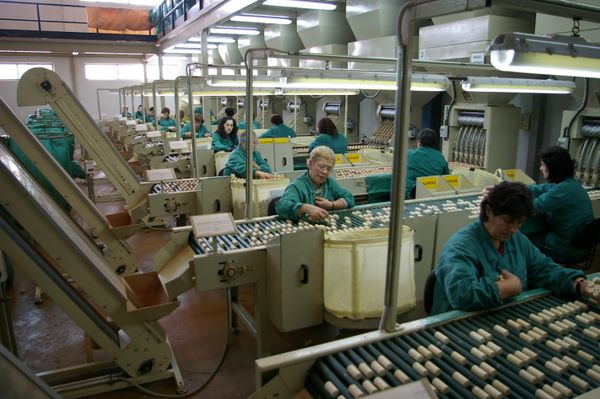
The corks are also graded visually: these workers are looking for
duds.
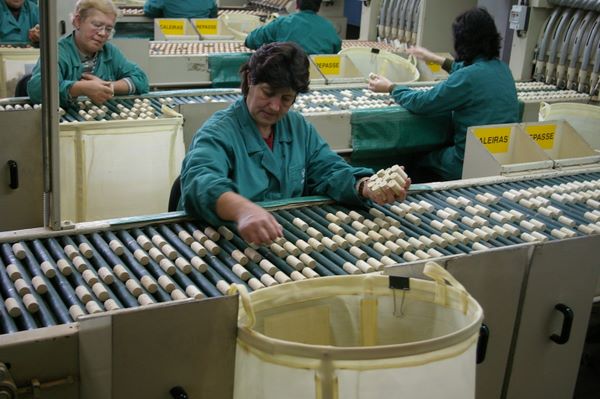
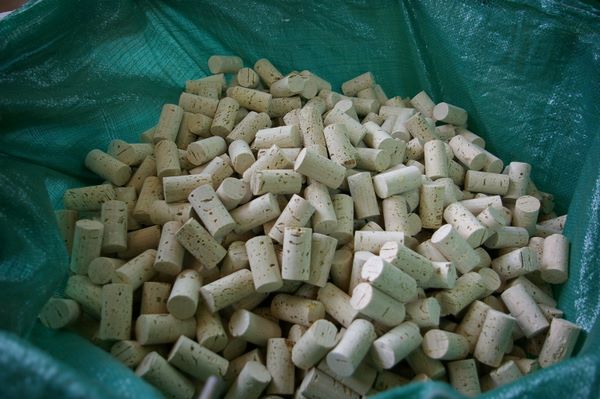
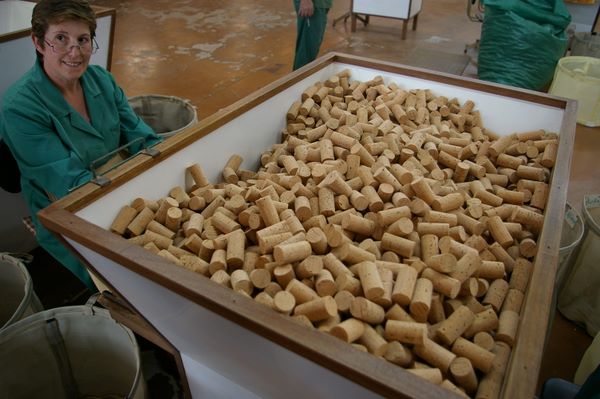
The very best corks cost a Euro each, or more. This worker is sorting
the elite natural corks.
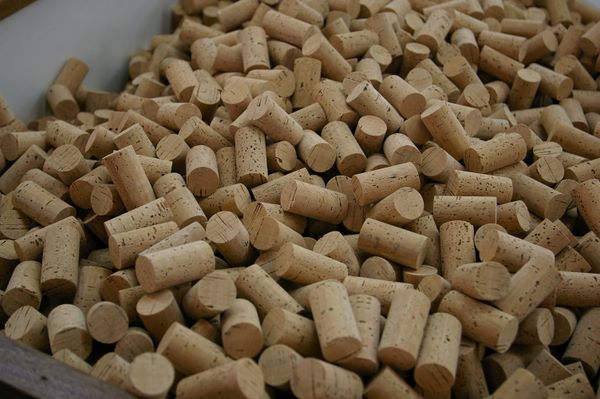
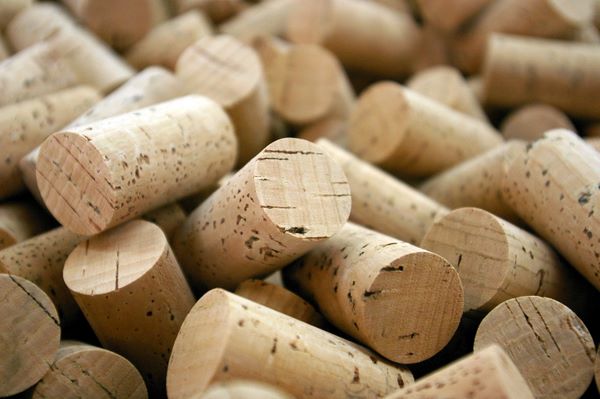
These corks look almost perfect, but they can still harbour TCA, so
further quality control steps are needed.
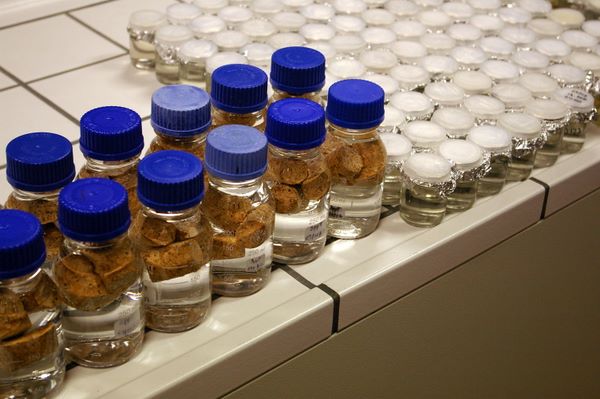
In Amorim's laboratory, gas chromatography machines process thousands
of analytical samples a month, checking for taint.

A gas chromatography machine: they're expensive, but necessary,
because cork taint is a problem at tiny concentrations, and this sort
of technology (gas chromatography/mass spectrometry or gas
chromatography/electron capture device) is necessary to pick it up.
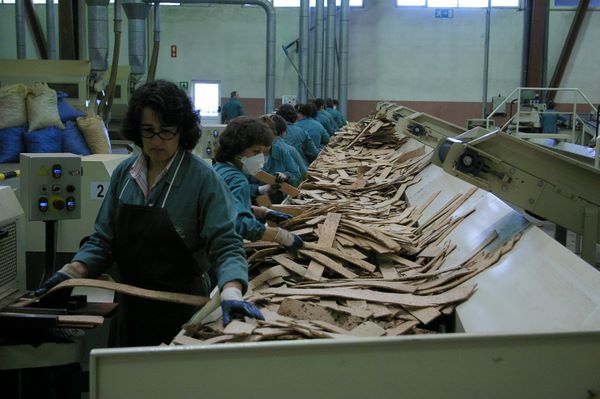
Not all cork is used to make natural cork. One of Amorim's most
popular closures is a technical cork called TwinTop, which consists of
discs of cork sandwiching a cylinder of cork granules bound together
by food-grade glue (known as 'agglomerate' cork). This is the
production process of the discs. These are made from thin layers of
good quality cork.
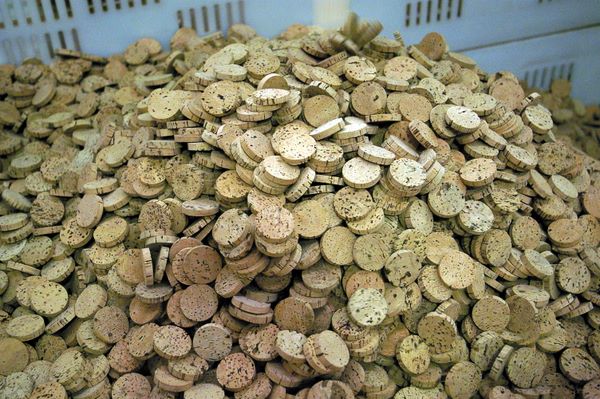
These are the discs.
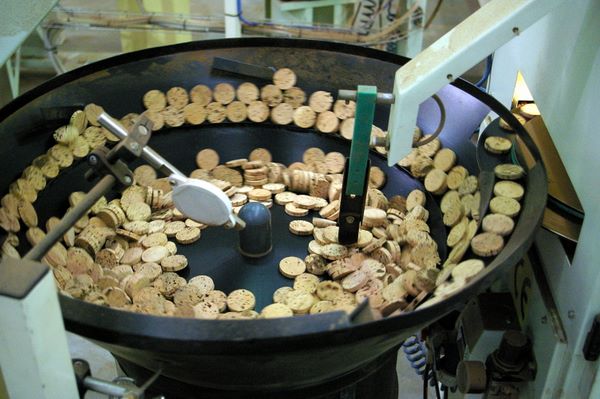
The discs are sorted and the side that is top quality is chosen to be
in contact with the wine.
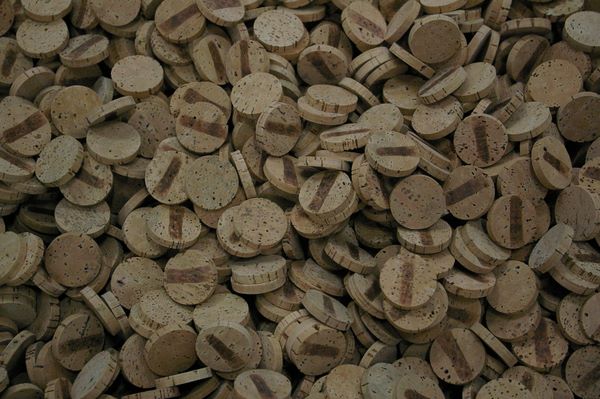
The sorted discs are marked so that the best side is kept outwards
when the gluing takes place.
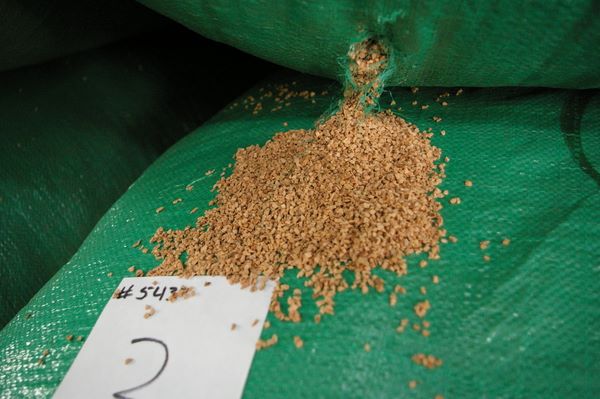
The cork granules used to make the agglomerate are cleaned with a
special steam treatment.
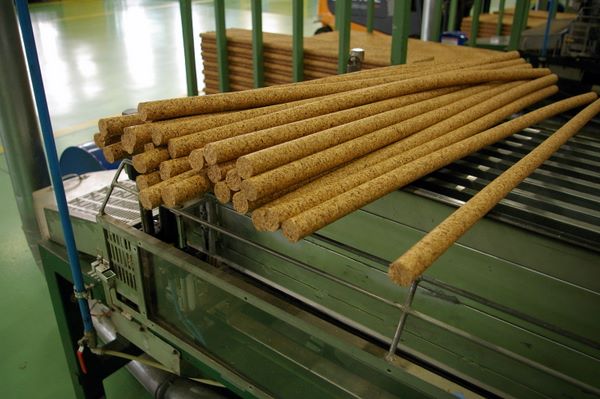
The granules are glued together and the agglomerate is extruded in
long cylinders that are then chopped to the right length. A disc is
glued to each end.
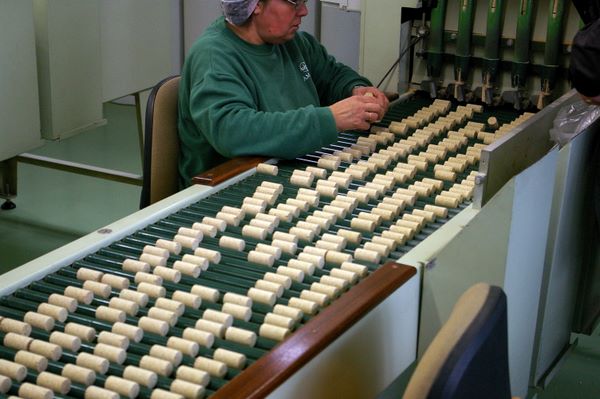
The TwinTops are then sorted by hand
Back to part
1 and part 2
Back to top
|

